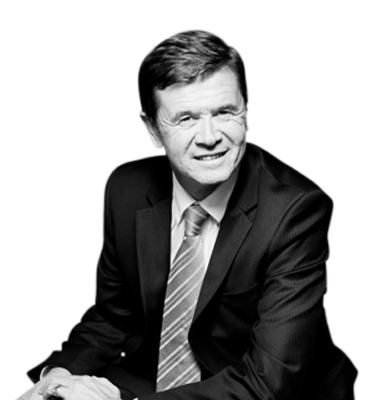news from VMWorld
VMworld took place last week in San Francisco. Twenty thousand participants from five continents met over four days in the Moscone Center. The gigantic convention center housed hundreds of exhibitors, from major industry players to Silicon Valley start-ups. The event included plenary sessions with the CEOs of VMware, EMC, NetApp, Dell, and plenty more – another reminder of how cloud computing is thriving.
Among the week’s key takeaways was software company VMware’s consolidation of its leadership role in cloud computing, with the passing of the CEO baton from Paul Maritz to Pat Gelsinger. This came on the heels of a huge innovation: VMware’s acquisition of DynamicOps. The takeover continues VMware’s strategy of being open to other environments, such as those of OpenStack and Microsoft. In addition, by acquiring Nicira VMware has opened the door to Software Designed Networking, ie, network management through software, in the same vein as computing and storage management.
VMware’s vCloud Suite integrates these innovations, as well as vCloud Connector. The latter reconciles catalogs from video CDs on the management level, rather than the lower infrastructure level.
In storage, EMC and NetApp, the two major players, were well-represented. EMC tightened its relationship with VMware, as Mr. Maritz will take charge of innovation for both companies. EMC claimed a top position in Big Data with the integration of its Green Plum subsidiary. For its part, NetApp increased its interoperability through VMware solutions that optimize its functionalities.
In Virtual Desktop Integration, VMware will launch Horizon and Image, two remarkable products for the new workspace that offer device management, quick migration between different PC operating systems, and application management.
Platform as a Service (PaaS) is making progress with Stackato, a tiny start-up that based its PaaS on VMware’s Cloud Foundry framework. It’s a PaaS model that lets you develop and deploy an application on 3 types of clouds:
- a connection to a local PC
- a connection to a private cloud
- a connection to Amazon Web Services
Stackato runs an app store where you can download and install different middleware to build your application environment. It’s a simple model based on application containers that run on a virtual machine (VM). As long as the VM’s workload isn’t too heavy, the containers can run on the same VM. As soon as the VM is saturated, Stackato automatically requests a new VM on the underlying Infrastructure as a Service. However, running the new container on the new VM is not automatic.
Unisys presented its private Cloud offer, which is marketed either on the premises or at the distributor/integrator. Based on VMware (at the vSphere level), it comes with an encryption-based security offer. Users can get airtight security with this encryption system, instead of the typical VLAN model (this cuts down on VLANs, which are considered in the same category as Data Center equipment).
Related to VMworld, meetings with Microsoft have confirmed its new campaign with the launch of System Center 2012, which offers features equivalent to Dynamic Ops. It enables you to manage several hypervisors and connect to public clouds such as Amazon Web Services and Microsoft Azure. Microsoft also boosted its Unified Communications as a Service approach by integrating its Office suite, instant messaging and Lync telephony with Hyper V and System Center.
Another emerging trend concerns data centers, specifically the appearance of "Open Compute” solutions. These no-frills data centers require little to no air conditioning and help attain power usage effectiveness under 1.05. Microsoft is pushing the concept all the way to the Microsoft Modular Data Center, the “data center in a container” that can be housed outside campus buildings.
To wrap things up: VMworld 2012 can be summarized by extremely dynamic commercial activity, a lot of innovations, rapid changes in business models and globalized cloud use.
Axel
